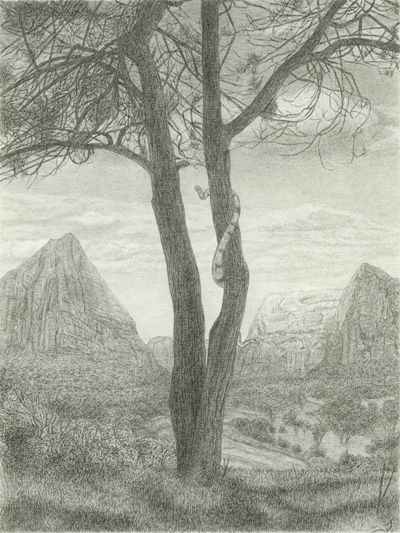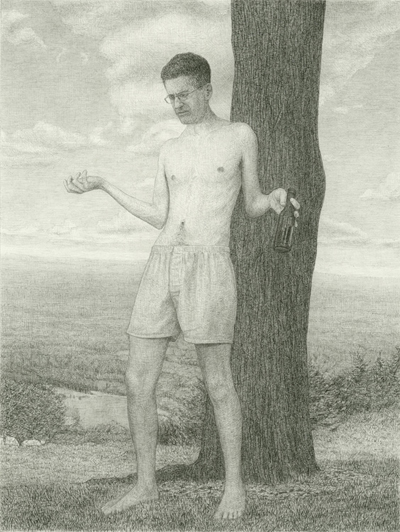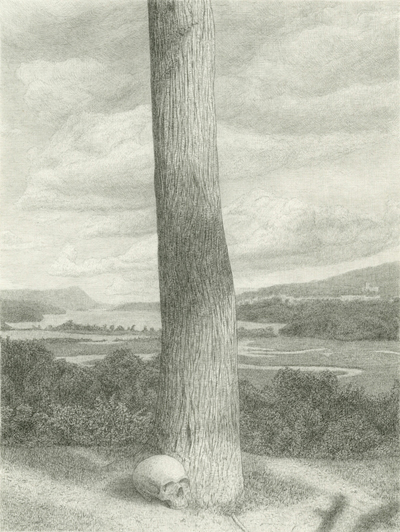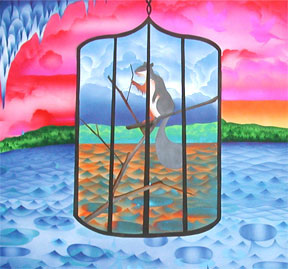Today, though, I finally managed to get some decent images of my new work.
The most recent piece is called Reminder, and you can see it on the website here. I'm using watercolors with my pens now, and I'm loving how it's working out. These are special archival watercolors that are based upon the colors that were used in ancient Japanese prints- they're very vivid and beautiful, and I can't wait to work with them some more.

Here are a few details:


It's a somewhat complicated piece, and it's better if you can read all the tiny text, which you can do by looking at the details on the website.
It's not nearly as complicated as this piece, though. This one is called

The Terrifying Minute, or How to Tell the Story.
You can see it on the website here, and it's based on several Victorian games that I saw in the Free Library of Philadelphia's wonderful rare books collection. Here's the whole piece:

The overlapping circles at the center of the piece are numbered, and if you follow the numbers around from the outside of the circles spiraling in towards the center you can see the progression of a life, with a character being born at 1 and going on from there to 24. It's not a progression that goes strictly by numerical age- the person I drew is quite a bit older than 24 at the end of the path through the circles.
There's also an overarching structure*: each circle represents a theme or idea that is countered by the circle opposite. There are love and hate circles, for instance. Each segment that falls in a particular circle responds to each theme- so where the hate circle, for instance, crosses the privilege circle, you get something that makes sense with those two ideas and that still follows the narrative of the life story that's being told. I've laid out the details on the website so that if anyone is interested they can get a reasonable sense of going around the circle here, but it's pretty hard to get on the web...
The whole piece is laid out as if it's a game that you can play.

These are the characters you can choose:


And there are choices to make:


* I almost wrote "metastructure". At what age does it become impossible to use words like metastructure with a straight face?
















